Category: Power Pages
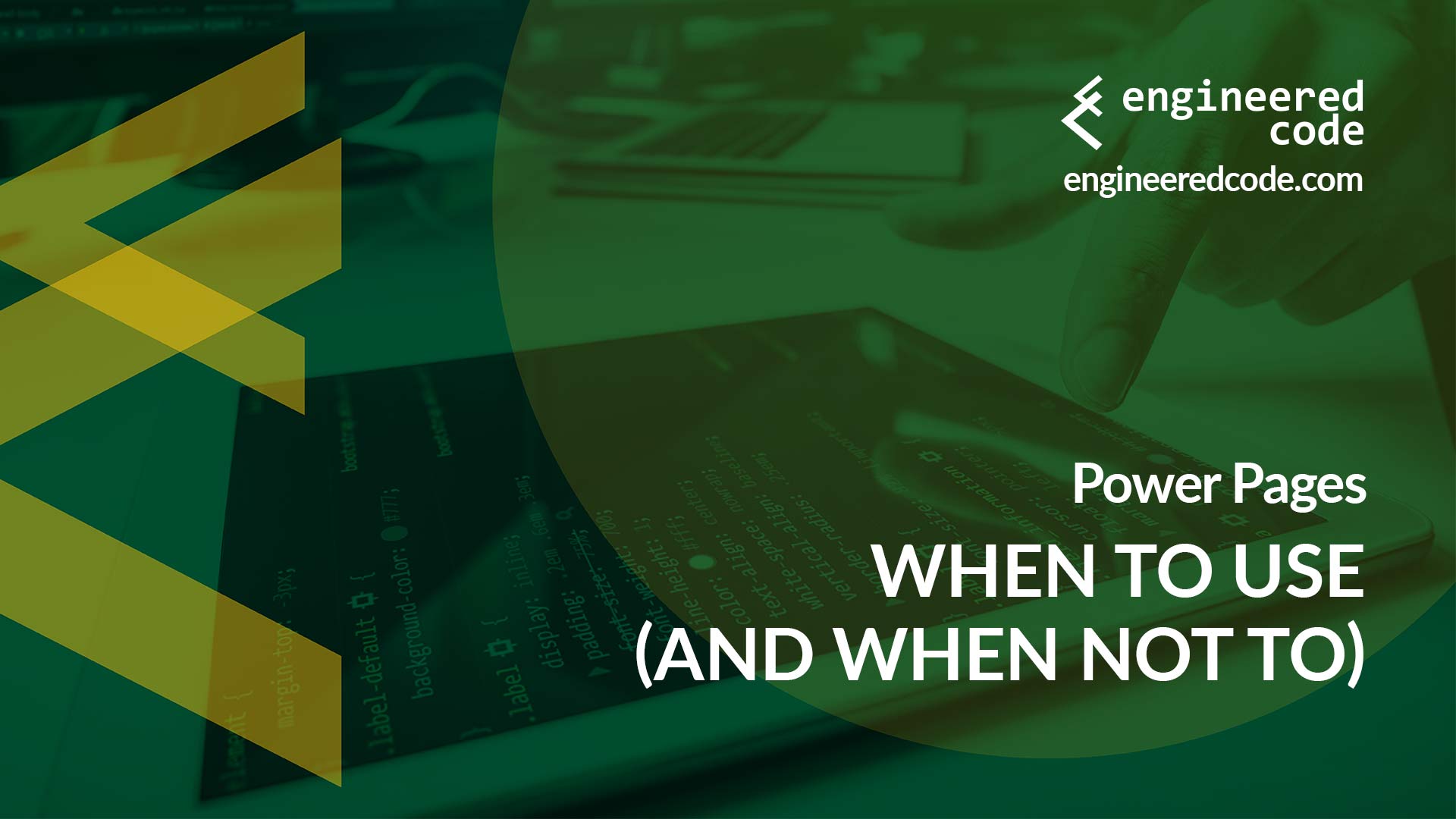
Power Pages: When to Use (and When Not To)
March 6, 2023 5 Min.To ReadThe growth of Power Pages has been an amazing story. Since being acquired by Microsoft in 2015, the product has gone from a niche add-on for Dynamics 365 Customer Engagement to a full-fledged product in the Power Platform. The visibility that comes with getting equal billing to other Power Platform products like Power BI, Power Apps, and Power Automate means that new people are discovering Power Pages all of the time. However, as with any software product, Power Pages isn’t always a fit, even if your project fall under the category of low code web application development platforms. In this post, I will share what I look for when trying to determine if Power Pages is a fit for a given project.
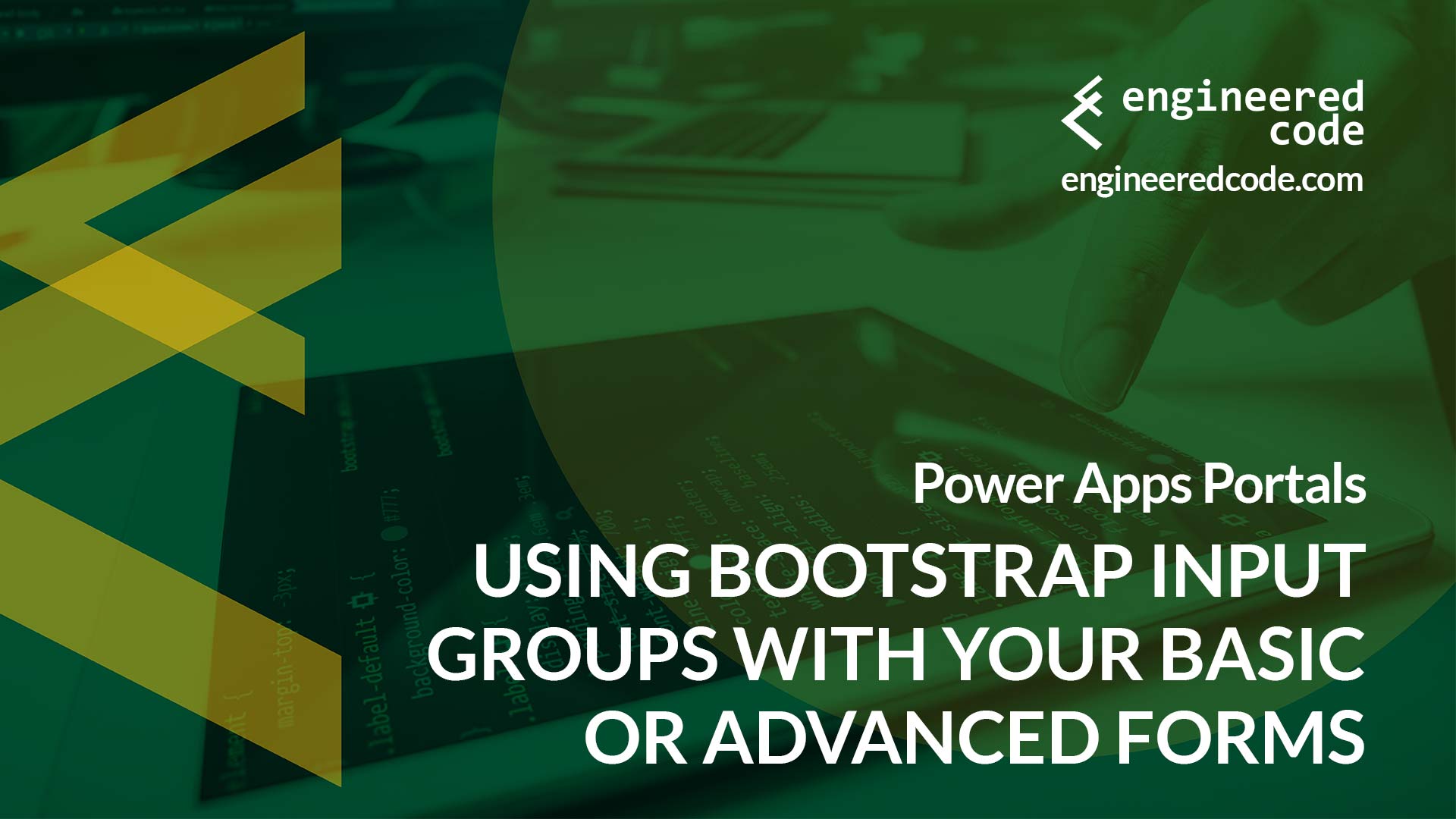
Power Apps Portals: Using Bootstrap Input Groups with Your Basic or Advanced Forms
May 13, 2021 2 Min.To ReadThe fact that Power Apps Portals uses Bootstrap as its CSS framework means we have a lot of tools as our disposal (yes, I know we’d all love it if we could use a newer version of Bootstrap, or even pick whatever framework we wanted, but that is a topic for another day). Unfortunately, some of the Bootstrap components require specific markup that we can’t achieve with configuration alone. In this post I’ll cover how we can use JavaScript to change the markup on either Basic Forms or Advanced Forms so that we can leverage the Input Group functionality (in case you missed the memo, Basic Forms is the new name for Entity Forms, and Advanced Forms is the new name for Web Forms).
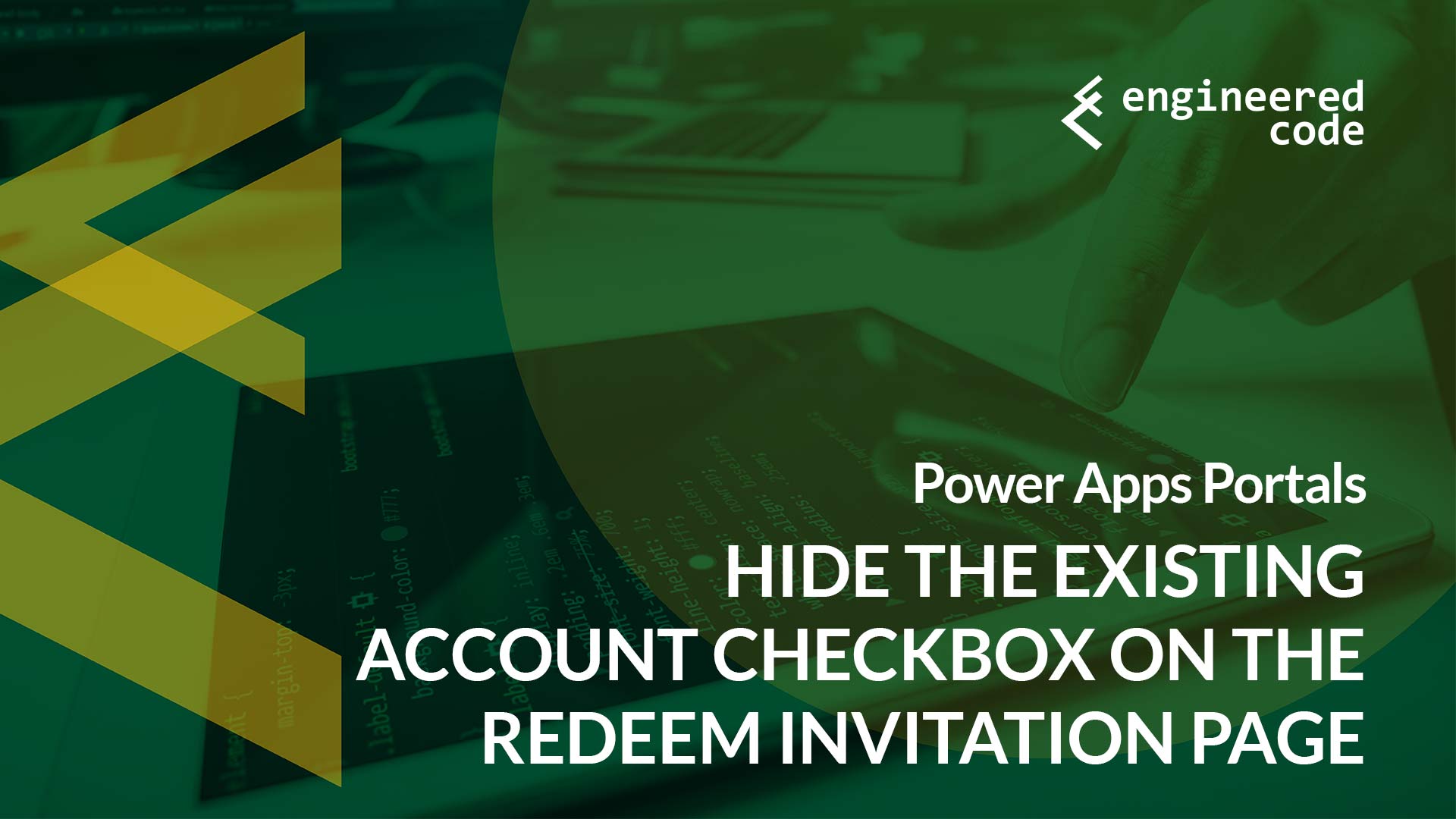
Power Apps Portals: Hide the Existing Account Checkbox on the Redeem Invitation Page
January 28, 2021 3 Min.To ReadOne of the subjects I seem to be dealing a lot with recently is invitation codes – so much so that this was the featured topic for this month’s Portals Community Call. During that call I promised to share a small bit of CSS that would hide the “I have an existing account” checkbox on the Redeem Invitation page, so I’ll do that in this post, as well as give a bit of background as to what the checkbox is used for, and why it most cases you probably don’t need it.
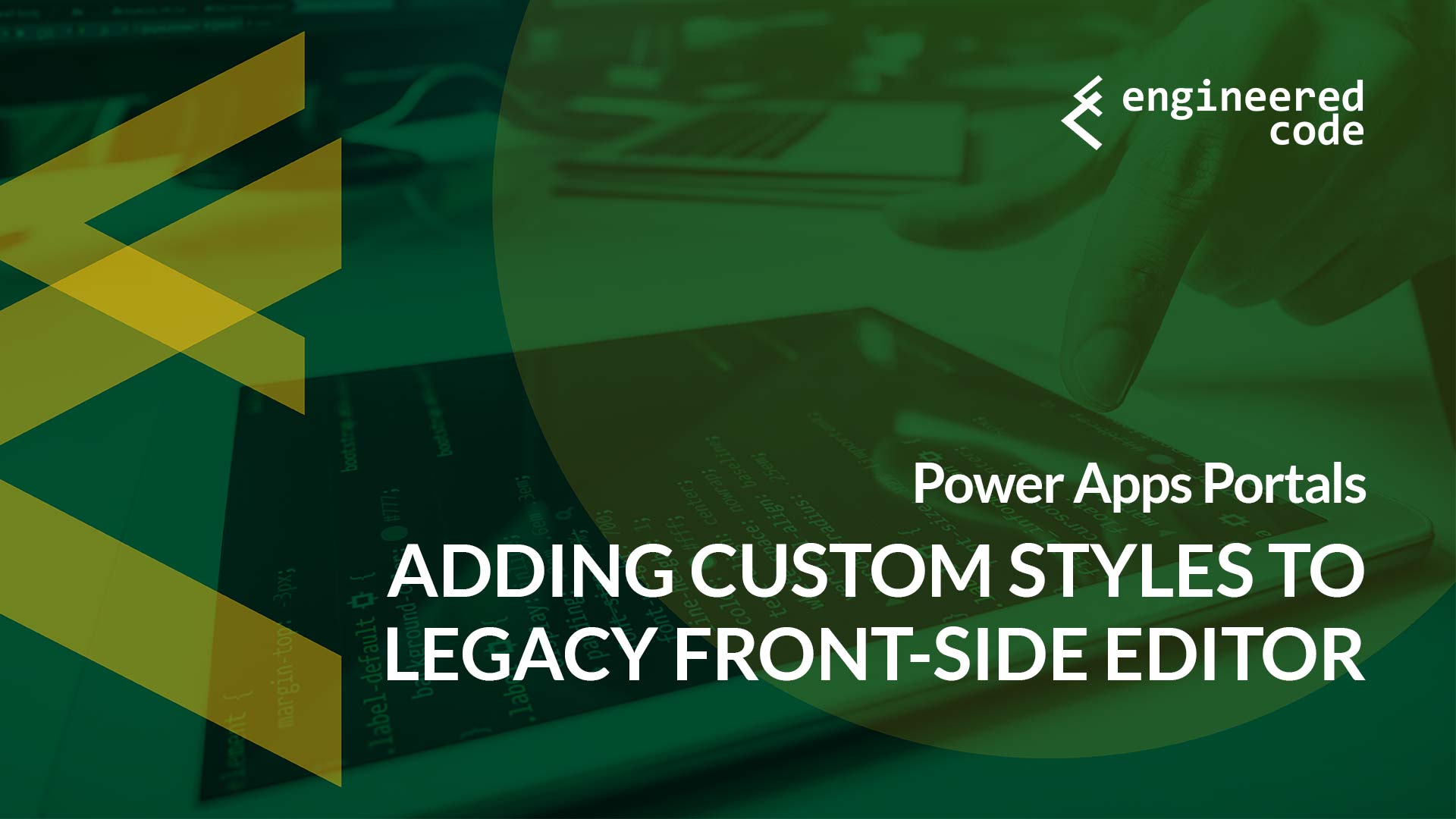
Power Apps Portals: Adding Custom Styles to Legacy Front-Side Editor
January 14, 2021 3 Min.To ReadWhile Microsoft continues to invest heavily in the Portals Studio, which provides a new What You See Is What You Get (WYSIWYG) editing experience for Power Apps Portals, there are still many good reasons to use the Legacy Front-side Editor. In this post I’ll describe how you can add additional styling options to the rich text editors to allow content authors to create consistent pages.
Popular Posts

Power Pages: When to Use (and When Not To)
March 6, 2023 5 Min.To ReadThe growth of Power Pages has been an amazing story. Since being acquired by Microsoft in 2015, the product has gone from a niche add-on for Dynamics 365 Customer Engagement to a full-fledged product in the Power Platform. The visibility that comes with getting equal billing to other Power Platform products like Power BI, Power Apps, and Power Automate means that new people are discovering Power Pages all of the time. However, as with any software product, Power Pages isn’t always a fit, even if your project fall under the category of low code web application development platforms. In this post, I will share what I look for when trying to determine if Power Pages is a fit for a given project.

PowerApps Portals: Liquid and JavaScript – Better Together!
October 31, 2019 4 Min.To ReadPowerApps Portals offers two primary languages for customization: JavaScript and Liquid. This leads to confusion as to which technology should be used when – I’ll try to clear up some of that confusion in this blog post, as well as demonstrate that is many cases, the best option is a combination of the two.
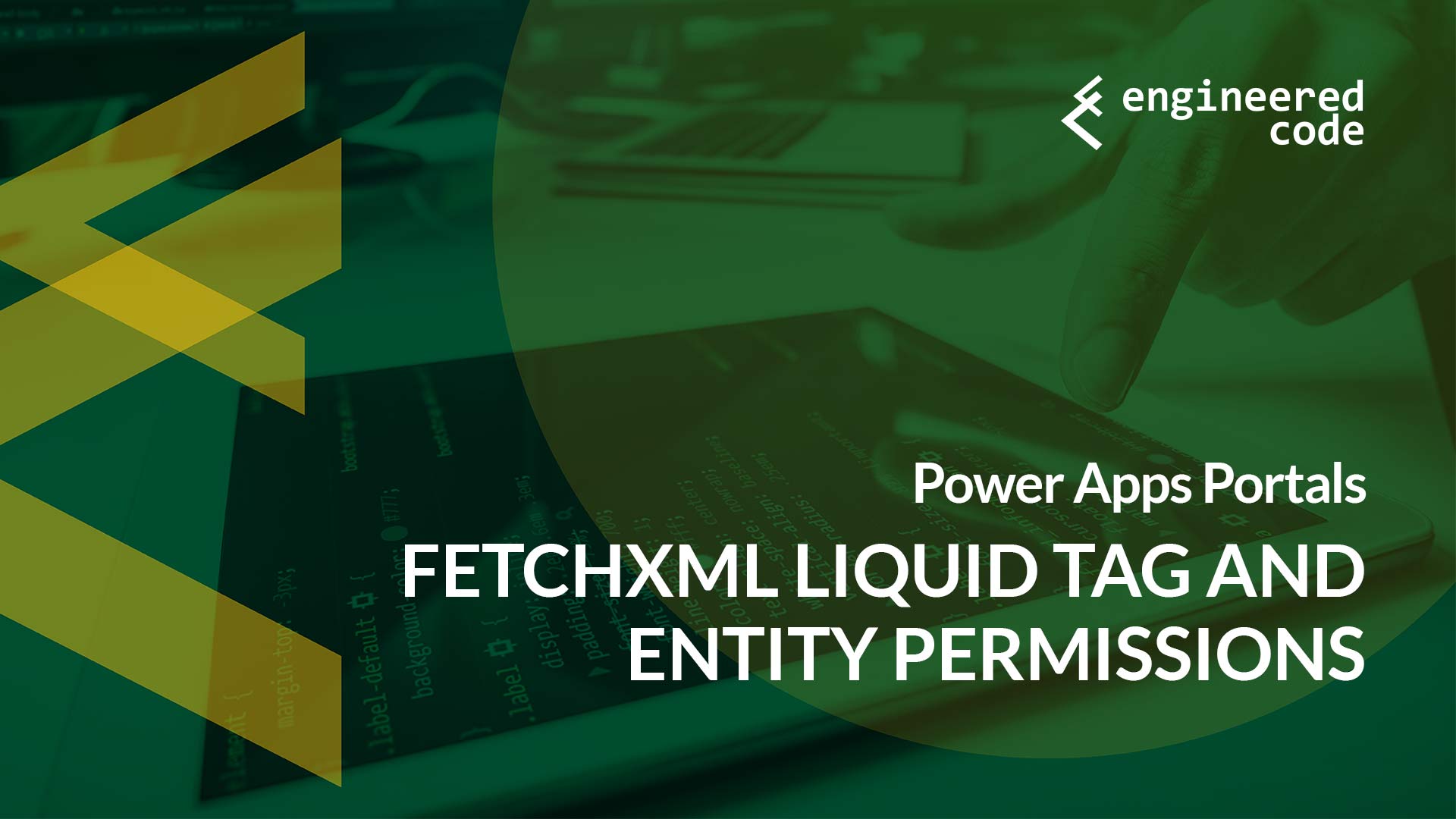
Power Apps Portals: fetchxml Liquid Tag and Entity Permissions
January 16, 2020 3 Min.To ReadThe fetchxml Liquid tag is arguably the most powerful Liquid tag in Power Apps Portals – it allows you to meet complex requirements for the display of data. But, if you combine it with a complex Entity Permissions model, you could find yourself getting unexpected errors. In this post I’ll cover what can cause those errors, and how to work around them.
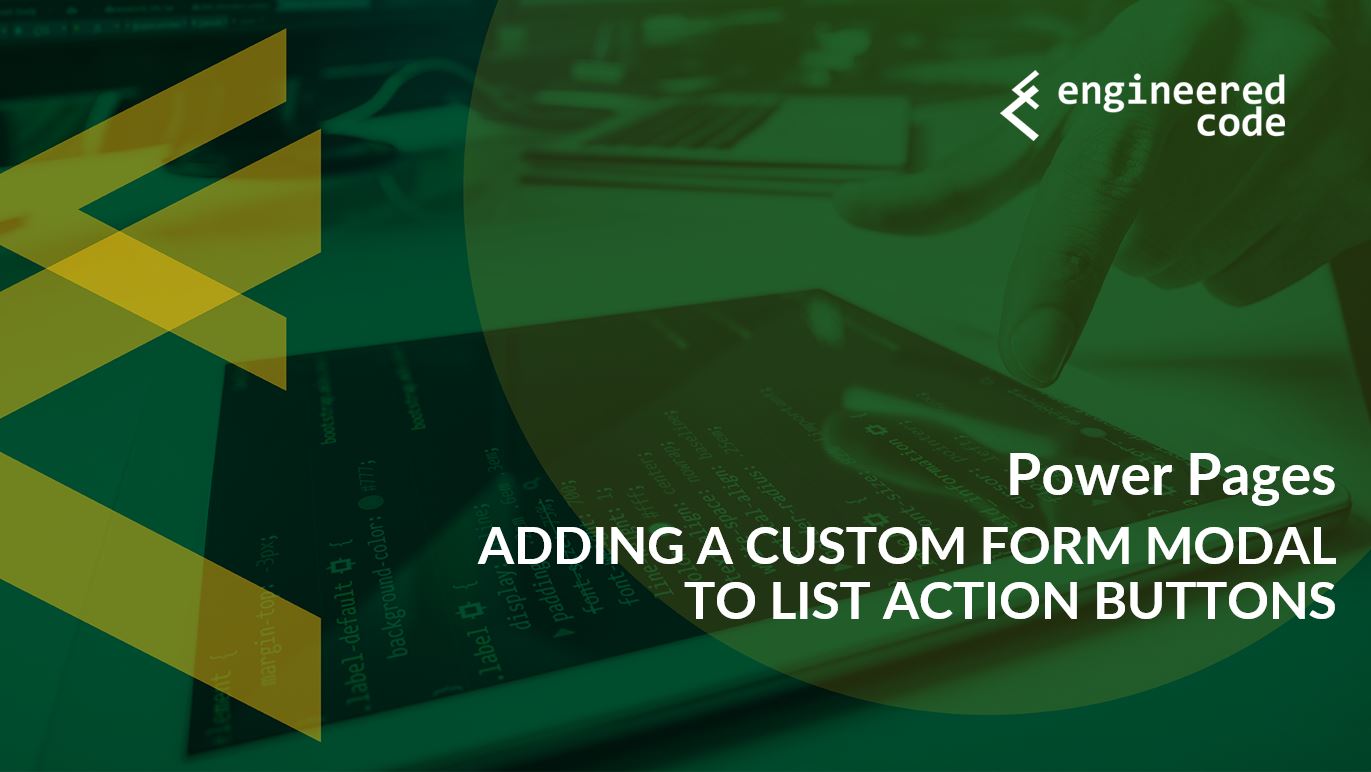
Power Pages: Adding a Custom Form Modal to List Action Buttons
December 8, 2023 6 Min.To ReadRecently there was a comment on my blog Power Apps Portals: Related Entity as Source of Next Web Form Step about adding a custom Edit button to a list or subgrid. In this case, rather than editing the main row in the table, they wanted to edit a row that was related to the main row. If you want the edit form to pop up in a modal, it requires a bit of JavaScript. In this post, I’ll go through what you need to do in order to achieve this functionality.
